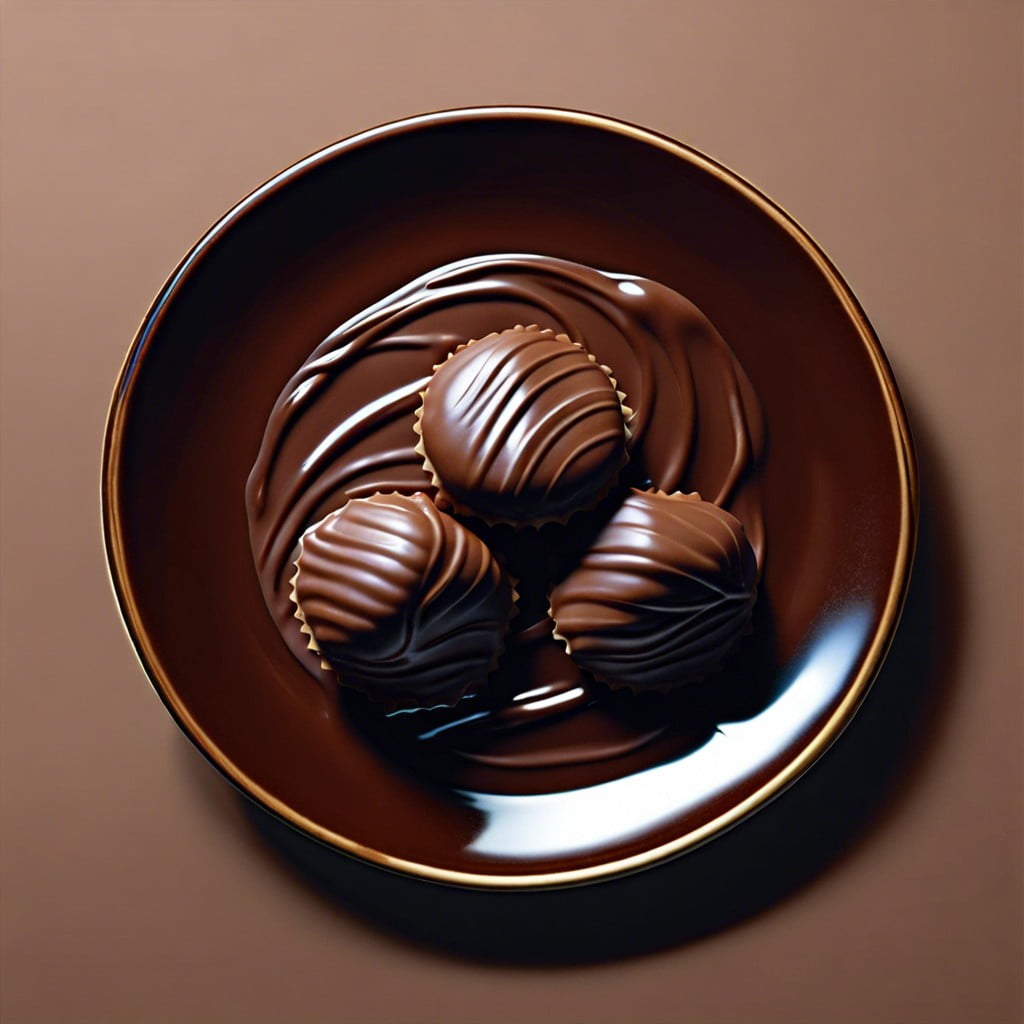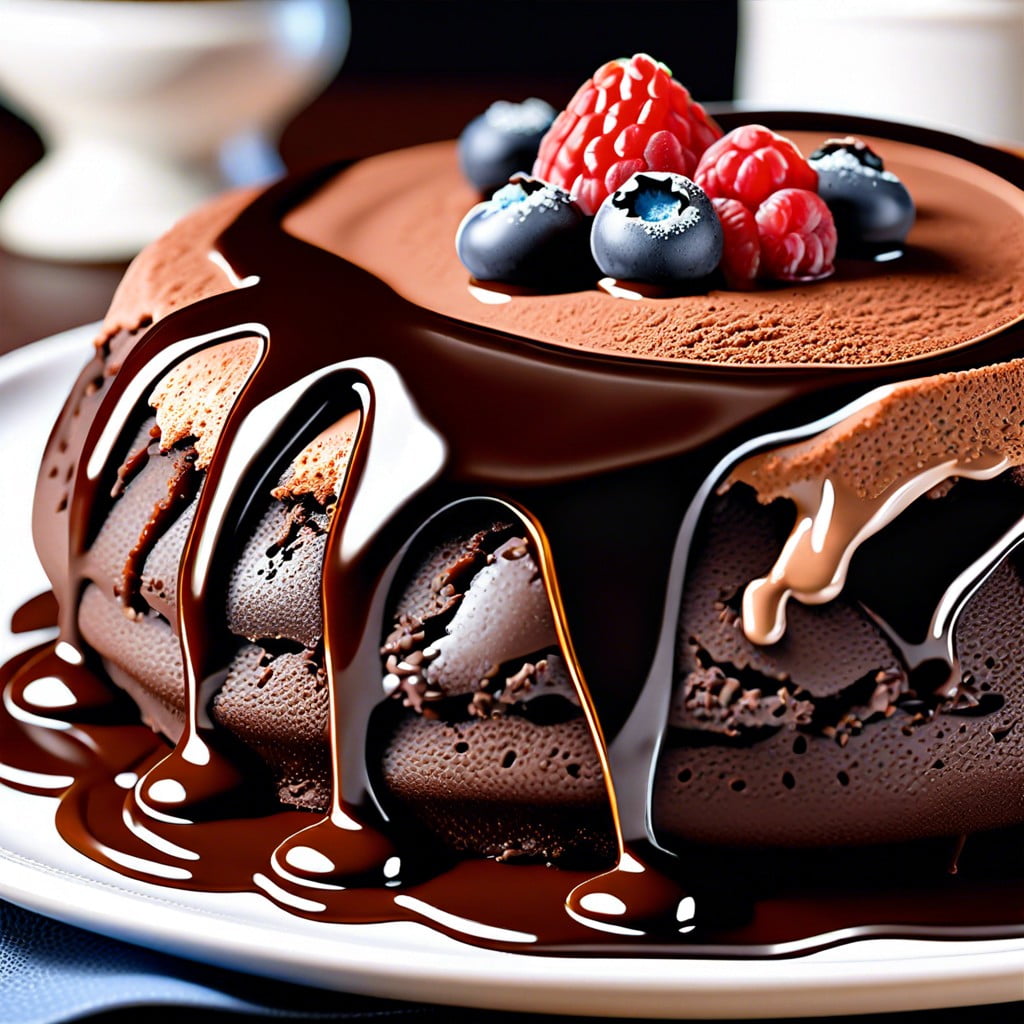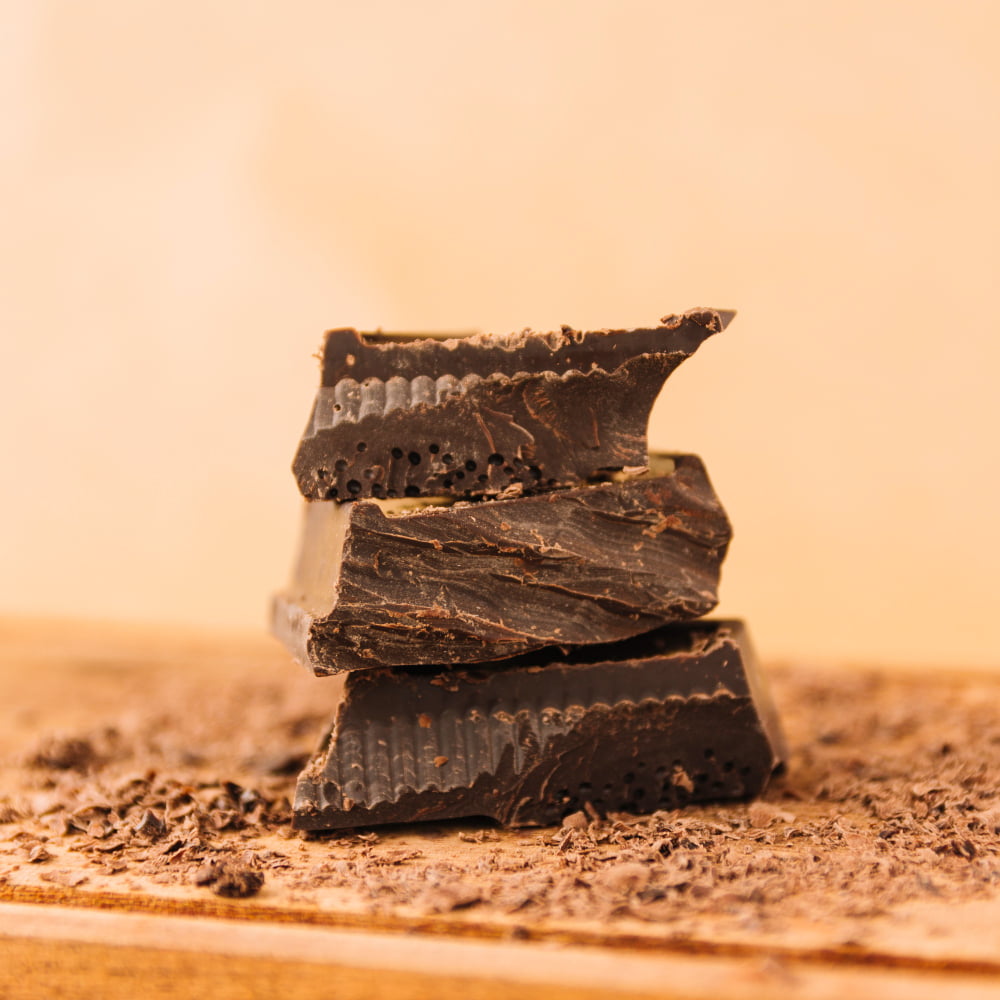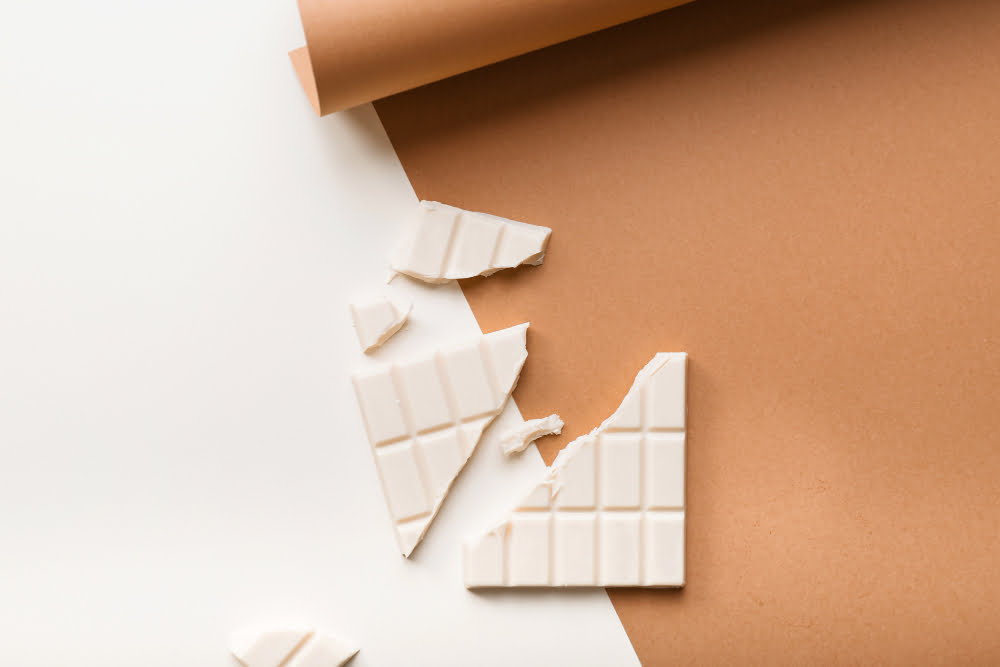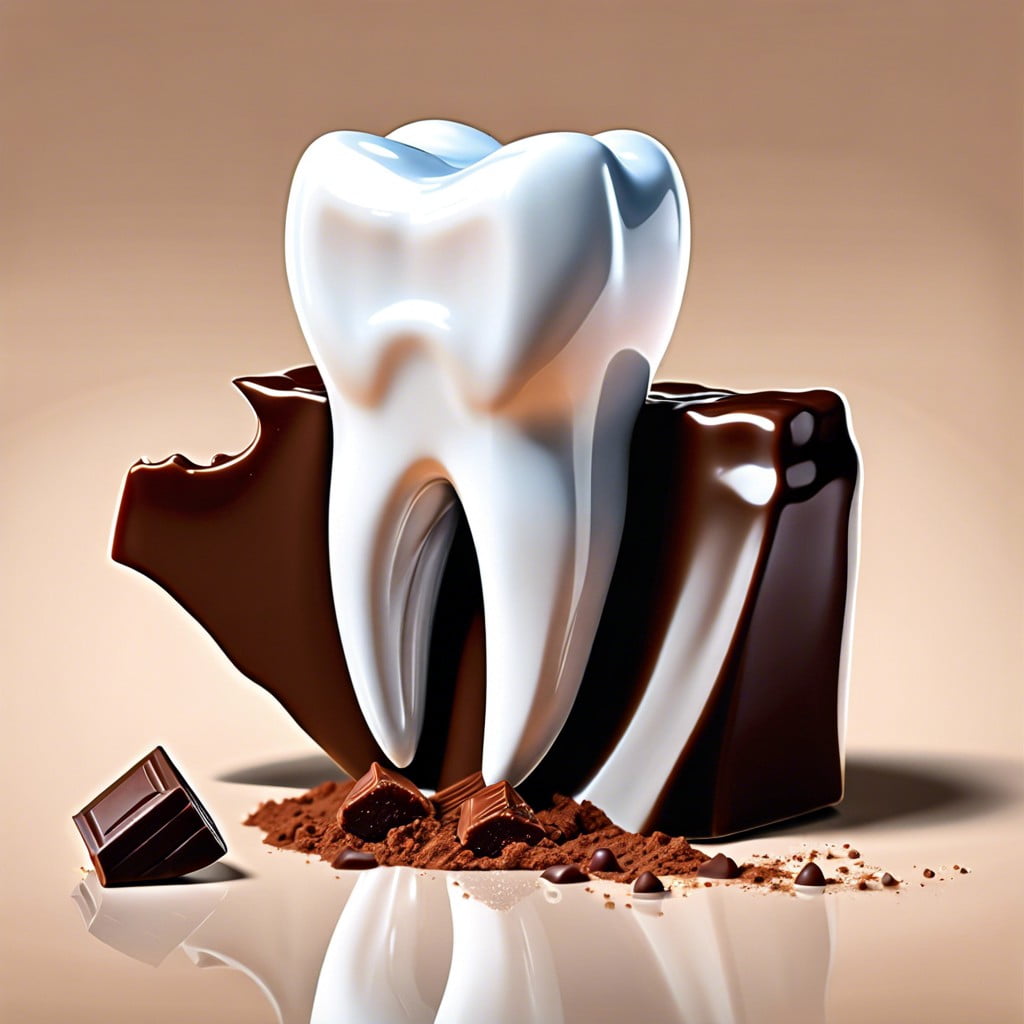Discover whether dark chocolate typically contains dairy and what to look for to enjoy a dairy-free treat.
Key takeaways:
- Dark chocolate can be dairy-free, but check the ingredients.
- Look for terms like “milk” or “lactose” in the ingredient list.
- Cross-contamination may occur, so check for certifications.
- Authentic dark chocolate has cocoa solids and cocoa butter.
- Higher cocoa percentage often means less dairy content.
Inside
Is Dark Chocolate Dairy-Free?
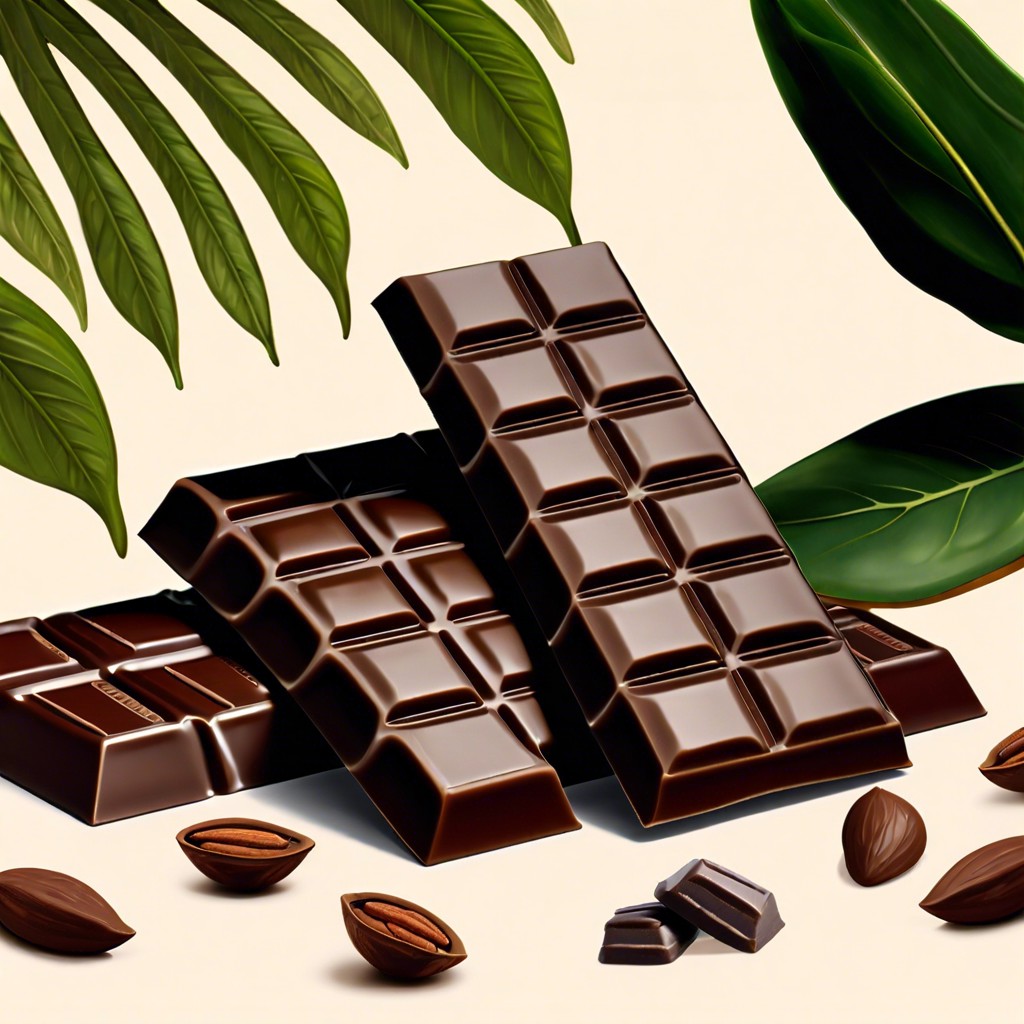
Contrary to popular belief, dark chocolate can indeed be dairy-free, but it’s not a given. The cocoa content in dark chocolate is typically higher, which often means less room for additives like milk solids or butter. However, some manufacturers may add milk for flavor or texture, so don’t assume it’s dairy-free just because it’s dark.
The key is to scrutinize ingredient lists. Vegans and lactose-intolerant individuals should be particularly vigilant for terms like “milk,” “milk fat,” “lactose,” or “whey.” These indicate the presence of dairy.
Additionally, cross-contamination could be an issue for those with severe allergies or strict dietary restrictions. Even if a dark chocolate bar itself doesn’t contain dairy ingredients, it may be produced on equipment that also handles milk chocolate products.
For peace of mind, look for labels that clearly state “vegan,” “dairy-free” or certifications that assert the absence of dairy. Chocolate with a high percentage of cocoa solids — typically over 70% — often signals less likelihood of dairy content, but checking the packaging is the only foolproof method.
What Are The Ingredients In Dark Chocolate?
Breaking down the contents of dark chocolate is like peeking into a baker’s recipe book – simple yet precise. The key players are cocoa solids, which provide that characteristic rich flavor and antioxidants, and cocoa butter, serving as the velvety foundation. Sugar makes an appearance too, but in moderation, balancing bitterness with sweet undertones.
Occasionally, a whisper of vanilla or a pinch of lecithin joins the mix to smooth out the taste and texture. But here’s the crux: authentic dark chocolate holds the dairy at arm’s length, keeping its recipe unadorned with milk derivatives.
For purists and those with dietary restrictions, reading labels is no game of hide and seek. Look for a short ingredient list that sings the praises of cocoa without a chorus of dairy notes. Keep it simple, and you’ll hold the essence of dark chocolate in your hands – sumptuous, straightforward, and often dairy-free.
What To Look For When Shopping For Dark Chocolate?
For those who prefer their treats with a hint of sophistication and a health-conscious edge, picking dark chocolate can be as fun as a detour in a candy store. Focus on the cocoa content; higher percentages often indicate less room for dairy additions. Keep an eye out for labels. Those stating “vegan” or “dairy-free” are safe bets for avoiding unwanted milk derivatives.
Scan the ingredient list with the precision of a detective. Cocoa mass, cocoa butter, and sugar should take center stage. If you spot milk solids, milk fat, or any milk-based ingredient, that’s your cue to place it back on the shelf. Lastly, “may contain traces of milk” is a common allergen warning. While it may not be an ingredient per se, it suggests potential cross-contamination, essential for those with allergies to consider.
In pursuit of purity in your dark chocolate, these tips will steer you right. Keep them in your back pocket, and your next shopping trip will be a walk in the park!
Dark Chocolate Vs. Milk Chocolate: What’s The Difference?
When you pit dark against milk chocolate, you’re essentially comparing a heavyweight of flavor with a sweet contender. The main distinction lies in their components. Dark chocolate is the strong, less sweet sibling, typically made from cocoa solids, sugar, and often an emulsifier like soy lecithin to keep it smooth, plus flavorings like vanilla. It’s the cocoa content here that really packs a punch, often ranging from 70% to 99% for those who love a good, potent bite.
Now, milk chocolate is the smoother, sweeter family member. It includes all of dark chocolate’s ingredients with a creamy twist: milk solids or powder. This addition gives it a milder, more mellow taste and a silkier texture that many find simply irresistible. Milk chocolate usually contains more sugar and, as a result, has a lighter, more comforting quality.
For those watching their dairy intake, this is where the choice becomes clear. Dark chocolate typically sidesteps the dairy dance entirely, while milk chocolate twirls right into it. Remember, thorough label investigation should become your shopping sidekick to confirm purity, especially with dark chocolates which can sometimes include milk derivatives.
Some Thoughts From A Professional Chocolatier
A veteran chocolatier would stress the importance of checking labels, as even dark chocolates can sometimes contain dairy derivatives such as milk fat. True dark chocolate aficionados often lean towards bars with a high cocoa percentage, which typically indicates lower chances of dairy presence. In crafting dark chocolate, purists champion simplicity: cocoa beans, sugar, and perhaps an emulsifier like soy lecithin. For those sensitive to dairy or embracing vegan lifestyles, chocolatiers point out that an increase in consumer awareness has led to more clearly labeled dairy-free options. To savor the rich essence of dark chocolate without dairy, seek out products from reputable manufacturers known for adhering to dairy-free production processes.
